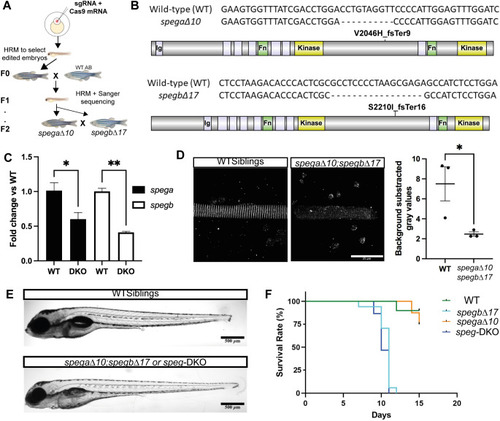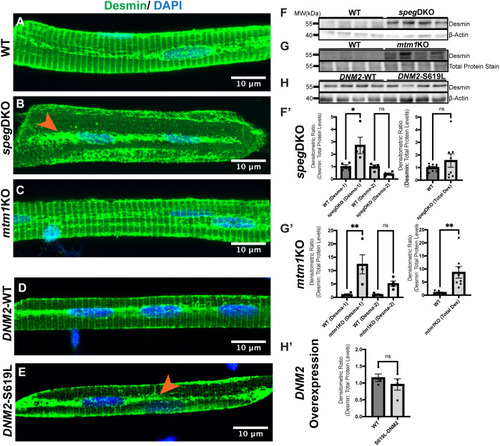- Title
-
Characterization of a novel zebrafish model of SPEG-related centronuclear myopathy
- Authors
- Espinosa, K.G., Geissah, S., Groom, L., Volpatti, J., Scott, I.C., Dirksen, R.T., Zhao, M., Dowling, J.J.
- Source
- Full text @ Dis. Model. Mech.
|
|
|
|
|
PHENOTYPE:
|
|
|
|
PHENOTYPE:
|
|
EXPRESSION / LABELING:
PHENOTYPE:
|
|
|







